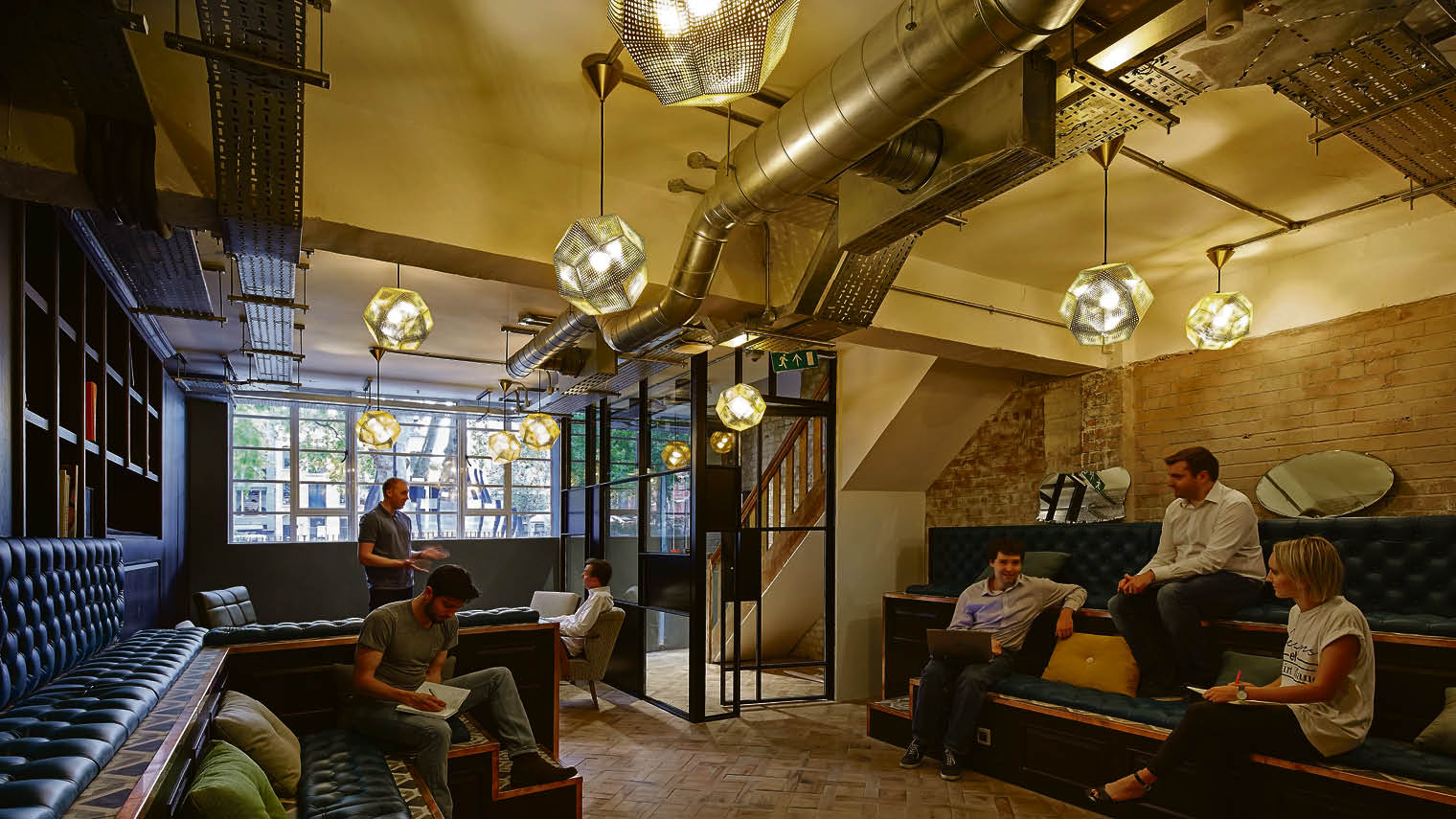For many years, businesses have viewed office and building design as something to think about after everything else. This is no longer the case.
Workplace design is integral to any business plan because of its impact on the way people work. This means design firms need to be viewed as consultancies that can help companies operate successfully and profitably.
Productivity, successful business process and strategy go hand in hand with the work environment. Strategically led design positively influences businesses’ success and future development. Experienced designers can provide an objective view that allows businesses to discover and define their personality and purpose, and then respond by creating environments that dramatically improve performance and efficiency.
Businesses must start their needs assessment with a thorough examination of their operations. The first aspect of this involves understanding current strategy and structure, goals for growth, diversification, efficiency and profitability, business processes, including how productive they are, and brand and identity. From these thorough conversations and examinations, designers can understand their clients’ wider requirements, not just physical property needs.
Workplace design is integral to any business plan because of its impact on the way people work
With this knowledge and guidance, organisations can consider how their workspace is connected to the success of their organisation. Getting the right design in place is as much about assisting and supporting the reinvention of how an organisation functions as making space changes. They can consider how different people work best – some on their own, some in teams, some agile and others not.

The top three issues facing all the large and small organisations we work with are profit, talent shortage and understanding the impact of technology on operations. All three can be addressed through workplace design.
The first, profit, is a result of many factors including productivity and employee engagement. So how can these elements be directly influenced by the workplace? Productivity, when speaking to a chief financial officer, is easy to quantify as time, billable hours, overheads and so on, but it is actually much harder to qualify. From our experience, temperature, light quality, health, acoustics, technology and placement of people all have an impact on productivity.
Profit also comes from employee engagement. If a business can get employees to invest emotionally and have belief in its goals, it is proven to have positive outcomes. A working environment is one part in addressing these parameters – designing a work space that enables people to work in their own way, and to engage with the business and its identity, to collaborate, to have quiet time and to be healthy.
There are so many challenges our clients are facing, influenced in part by what the market around them is doing. We always advise them to get back to basics, to address and identify who they are. Then we ask them to explore and understand what competitors and non-competitors are doing, and how they are tackling business challenges in the office environment.
The next issue we see is how to address the talent shortage that many businesses are experiencing. Attracting and retaining staff is essential and the businesses that offer staff a workplace that they can connect with, that provides them with the choice of pace and style of working that suits everyone, and a workplace that supports individual and team needs are a step ahead of their competitors. It is not about replicating the design and the offer that competitors have, but developing their own office, brand and identity.
The final and biggest issue is also the fastest moving, and the hardest to anticipate – the business world has become less predictable because of technology. It has affected how we work, where we work and the tools which we need to work.
 By understanding our clients’ use of technology, their style of work and the effect current and expected future systems have on them, we can design workplaces that support and promote business. Flexibility, mobility and agility are all catchphrases that originate in technological change. Physical space needs to keep up with the rate of transformation, otherwise it hinders and holds back the people and the business.
By understanding our clients’ use of technology, their style of work and the effect current and expected future systems have on them, we can design workplaces that support and promote business. Flexibility, mobility and agility are all catchphrases that originate in technological change. Physical space needs to keep up with the rate of transformation, otherwise it hinders and holds back the people and the business.
As a result of these changes, our clients are asking where their people should be working. What are the positives and negatives of mobile, flexible and agile working? With more businesses and staff operating in shared spaces, such as WeWork, from hotels or home, or in offices provided “as a service” (OaaS), there is a temptation to change the design outlook and approach to office facilities radically.
It is necessary, however, to consider that while the trend is to encourage greater “work anywhere”, many businesses still need a sense of community and collaboration. This in-house aspect must be central during design and not forgotten based on fashion.
Design should be about understanding a business and making the office suit strategic and operational requirements. Many businesses now recognise that the analogy of “square peg, round hole” is not good enough if they are to maximise their potential.
The investment businesses make in their office space needs to be assigned a high importance. It dramatically strengthens brand and identity, and future employee productivity, all of which add up to substantial gain and impact to business success.
To find out more about how smart workplace design can help your business, visit www.hlw.com





